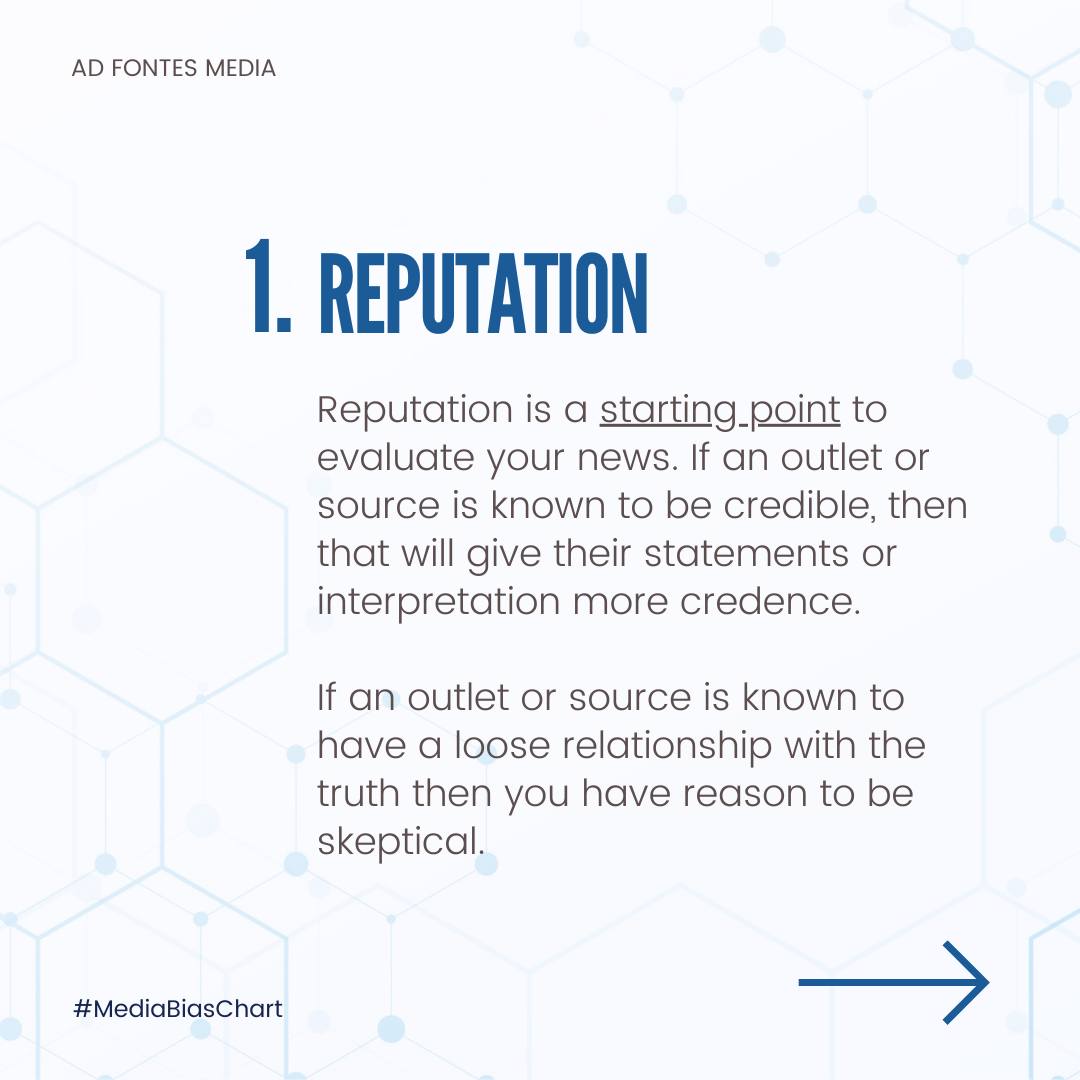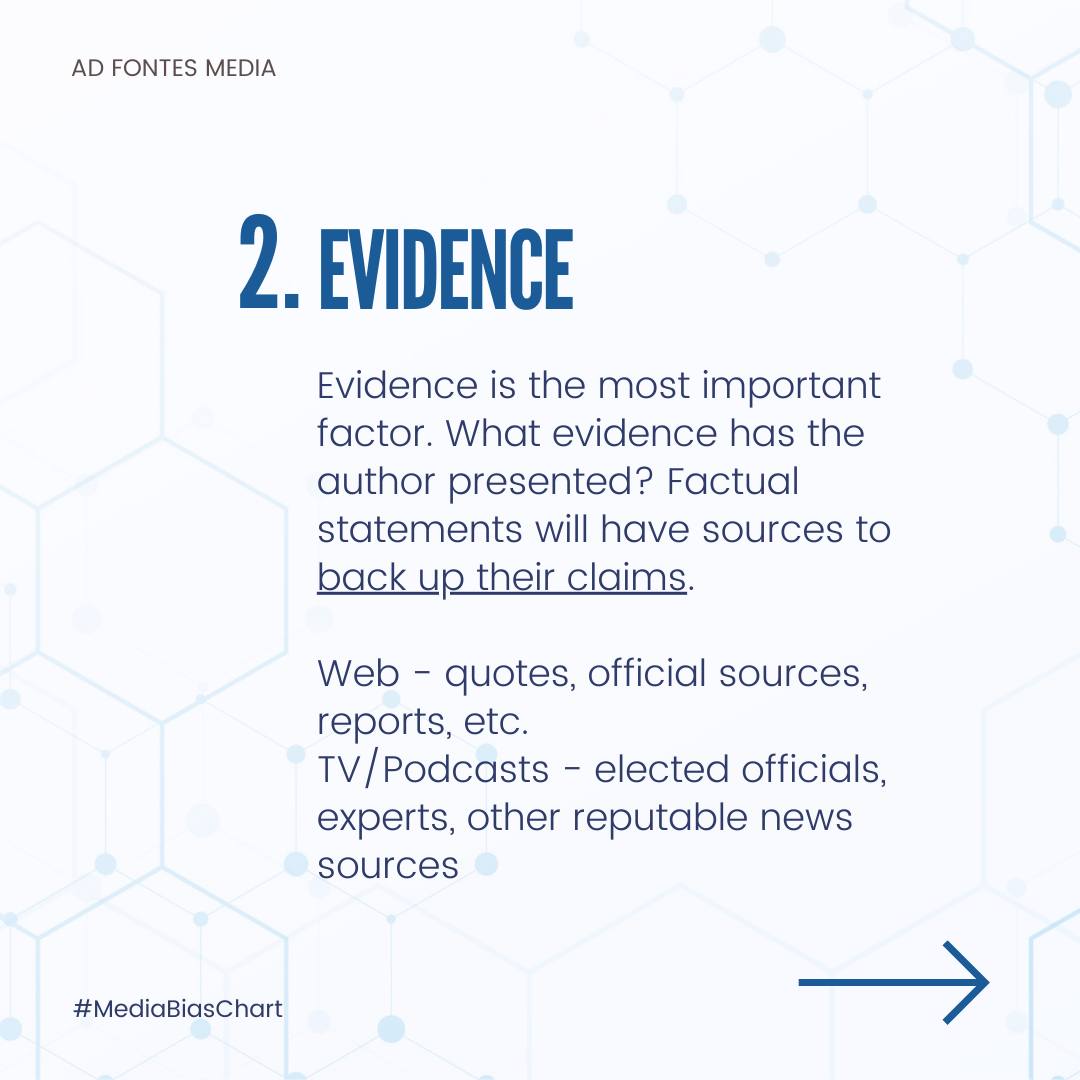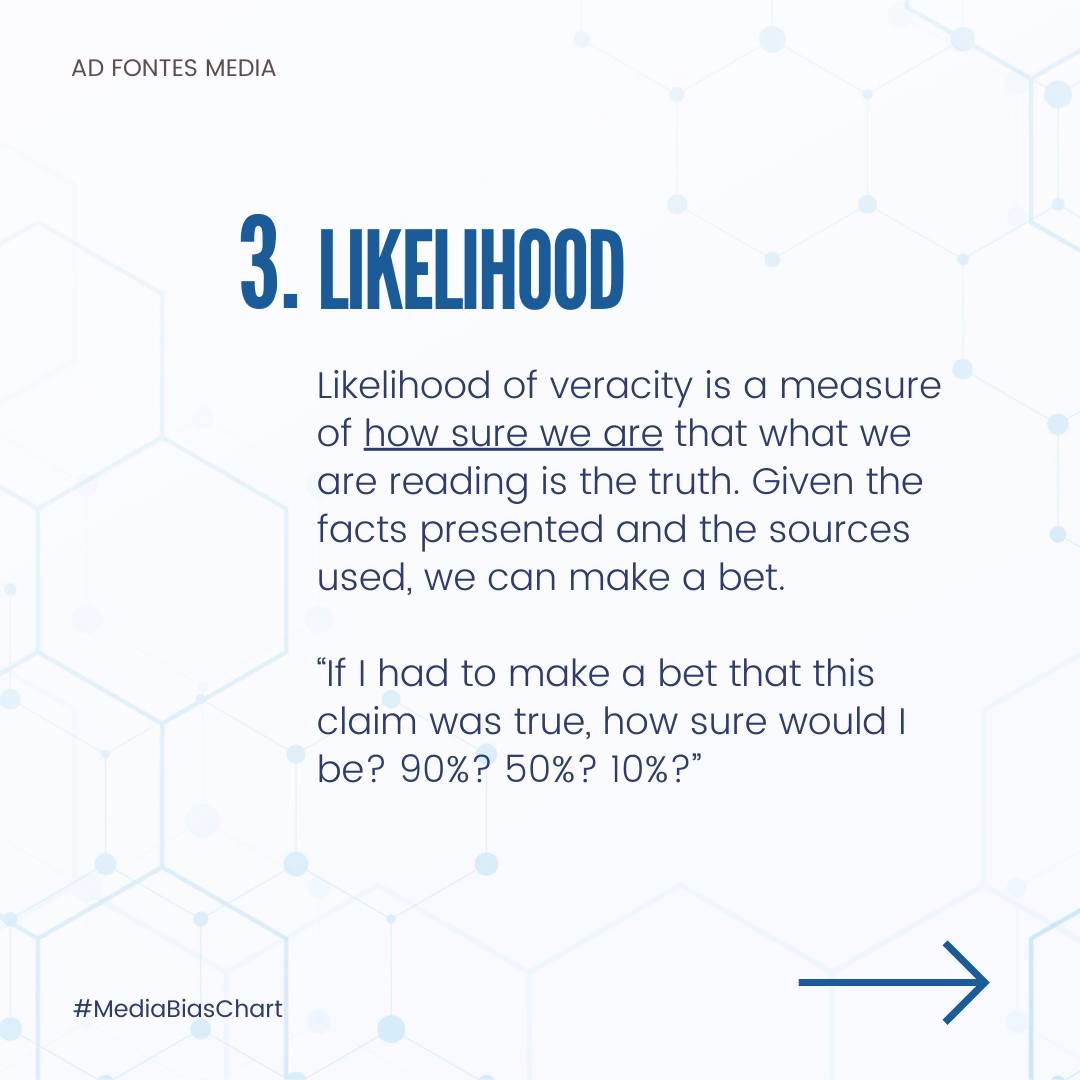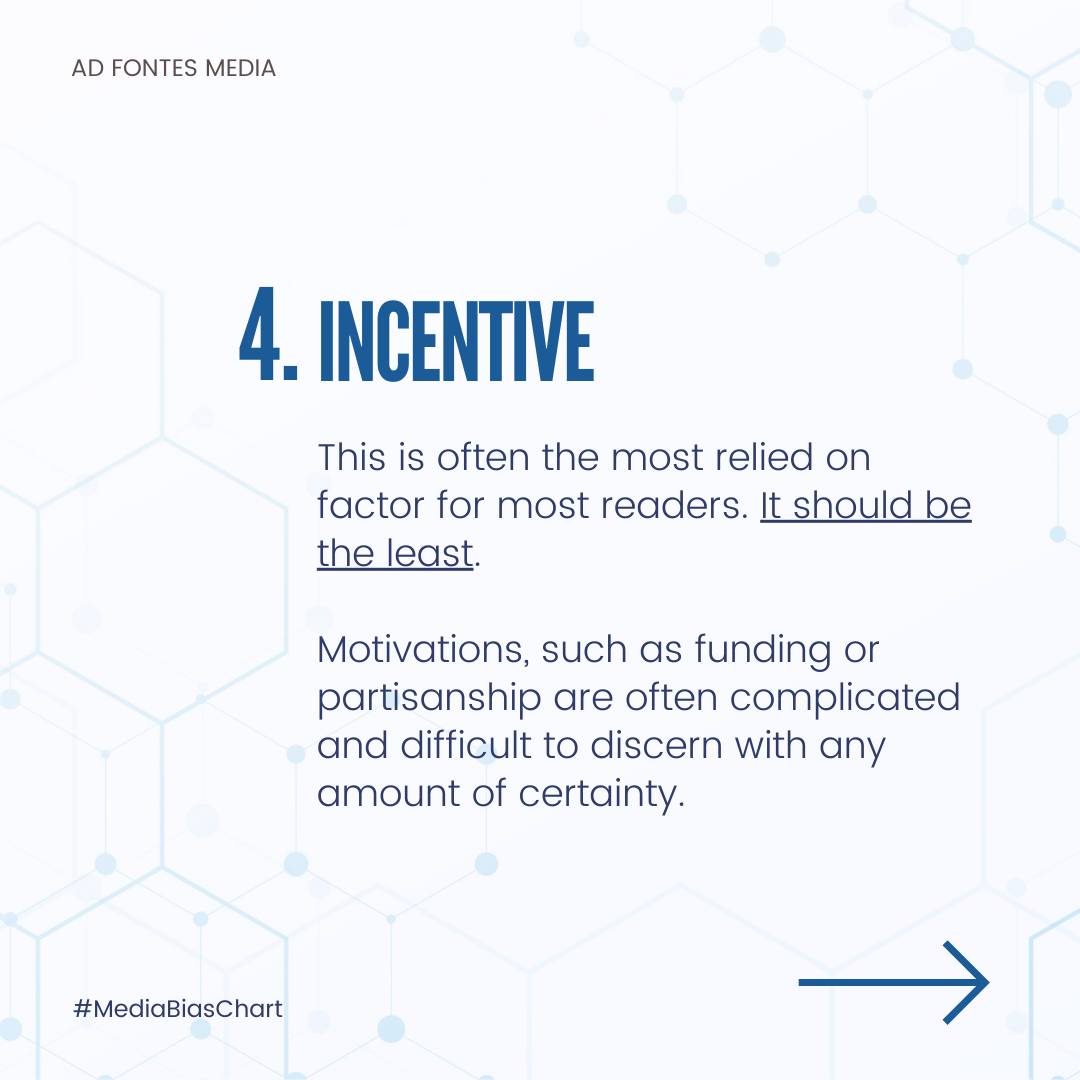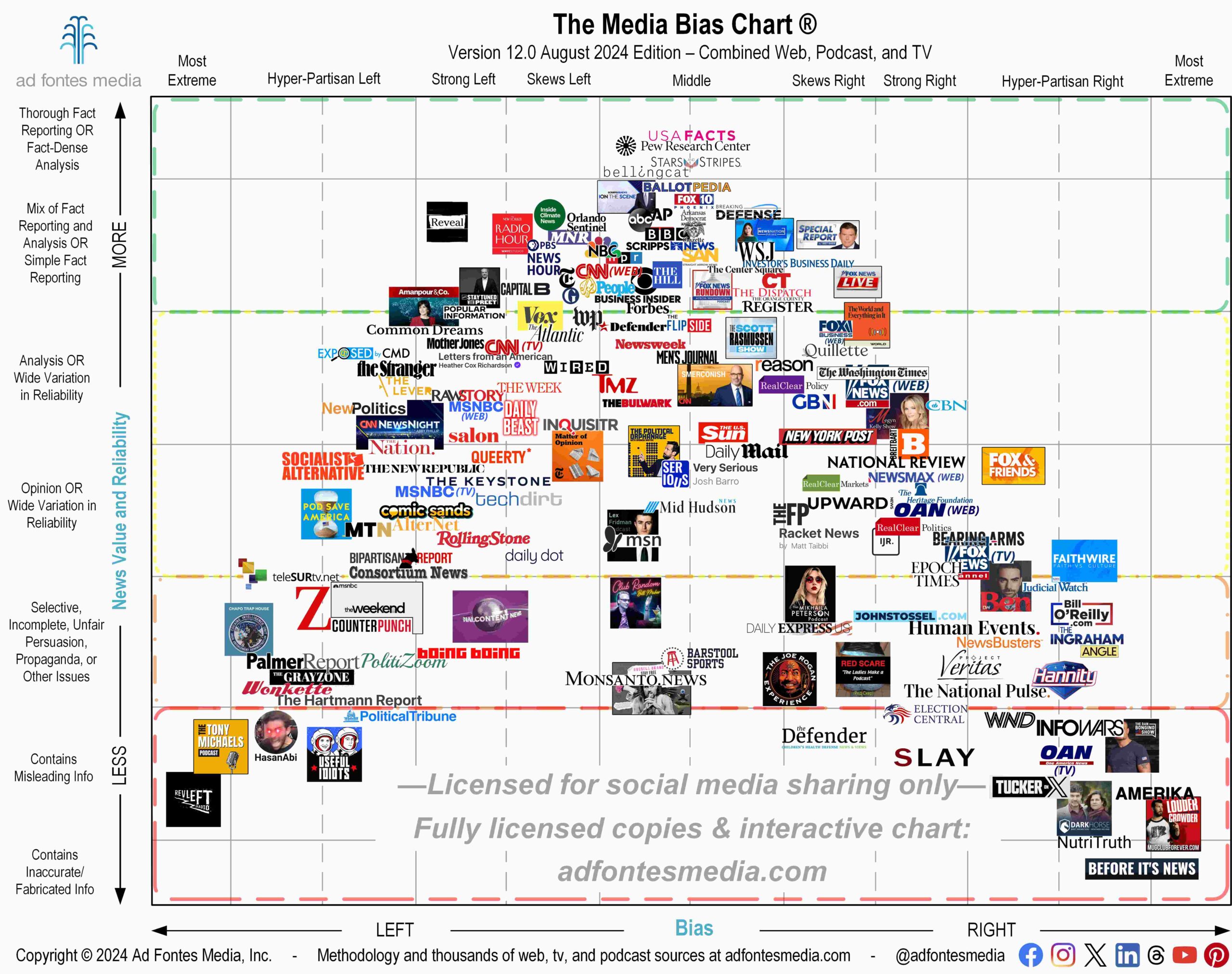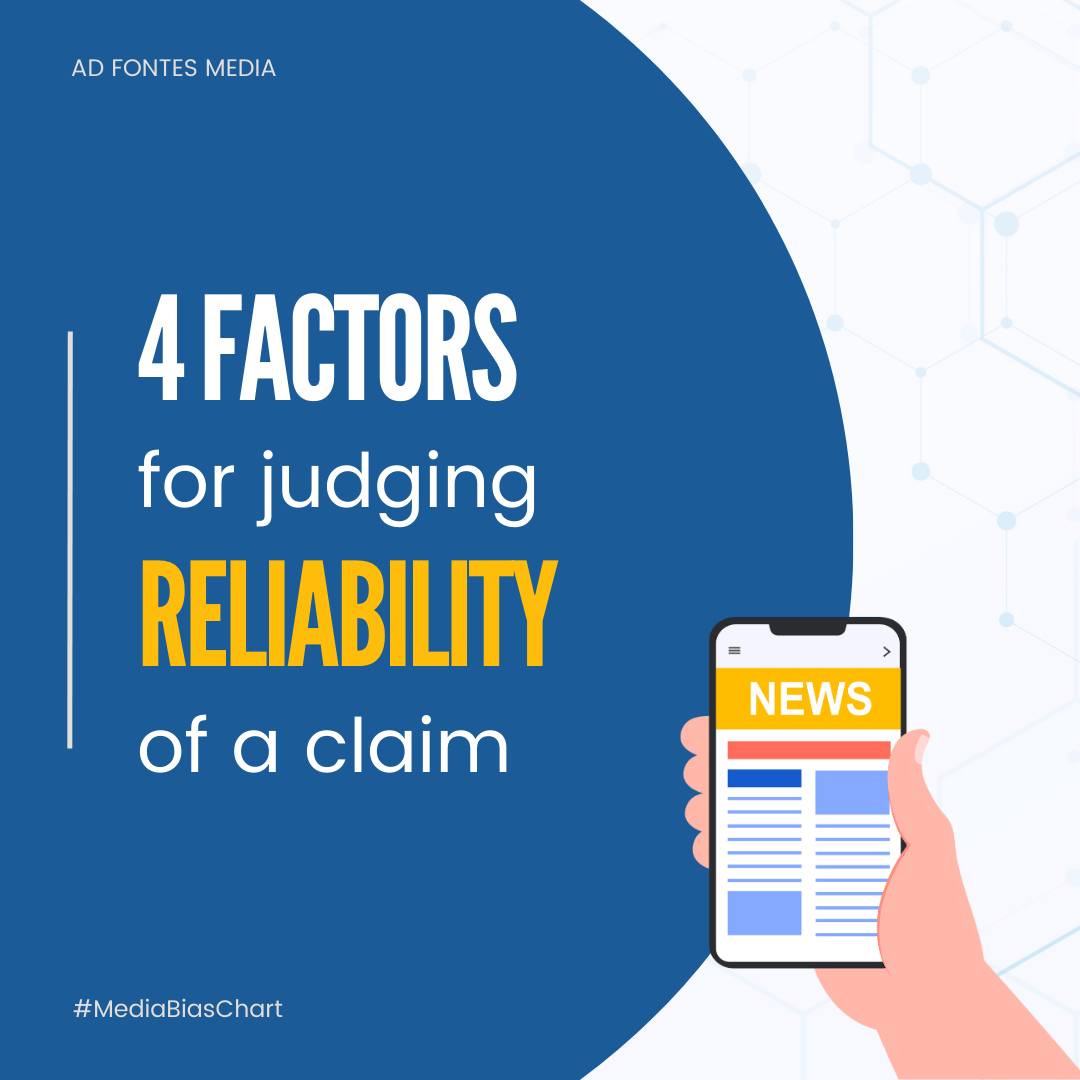
4 Factors for Judging the Reliability of a Claim
Author:
Vanessa Otero
Date:
11/05/2024
How to judge the reliability of a claim online:
- Reputation
Reputation is a starting point to evaluate your news. If an outlet or source is known to be credible, then that will give their statements or interpretation more credence. If an outlet or source is known to have a loose relationship with the truth, then you have reason to be skeptical. - Evidence
Evidence is the most important factor. What evidence has the author presented? Factual statements will have sources to back up their claims. Web – quotes, official sources, reports, etc. TV/podcasts – elected officials, experts, other reputable news sources - Likelihood
Likelihood of veracity is a measure of how sure we are that what we are reading is the truth. Given the facts presented and the sources used, we can make a bet. “If I had to make a bet that this claim was true, how sure would I be? 90%? 50%? 10%?” - Incentive
This is often the most relied on factor for most readers. It should be the least. Motivations, such as funding or partisanship, are often complicated and difficult to discern with any amount of certainty.
Below are slides containing the tips above. Feel free to download them and share with family and friends.
Want to stay informed on all of the work of Ad Fontes Media? Sign up for our free biweekly email newsletter!
Vanessa Otero is a former patent attorney in the Denver, Colorado, area with a B.A. in English from UCLA and a J.D. from the University of Denver. She is the original creator of the Media Bias Chart (October 2016), and founded Ad Fontes Media in February of 2018 to fulfill the need revealed by the popularity of the chart — the need for a map to help people navigate the complex media landscape, and for comprehensive content analysis of media sources themselves. Vanessa regularly speaks on the topic of media bias and polarization to a variety of audiences.

